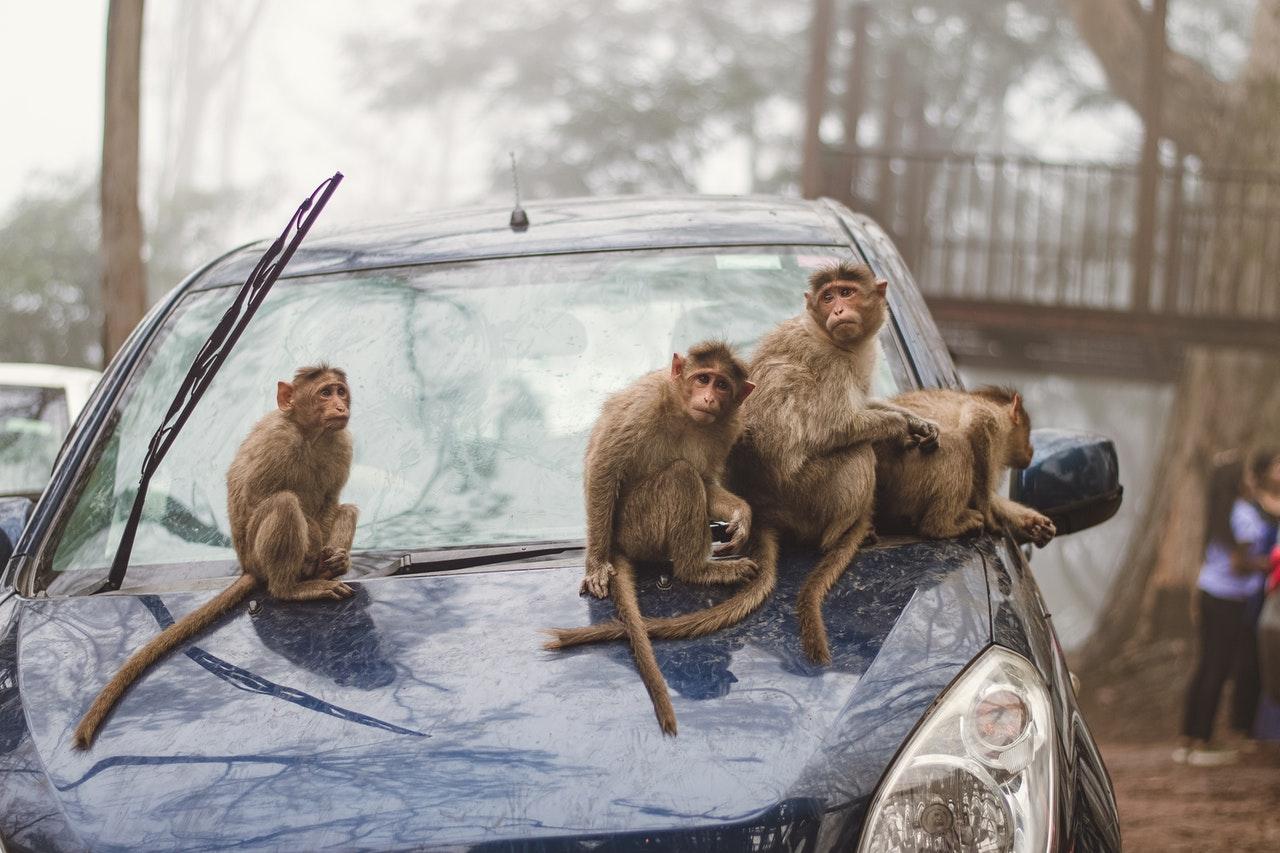Bali’s pickpocketing macaques know exactly what tourists value most, new study shows
Temple monkeys learn what will bring them the tastiest ransoms, and are expert negotiators.
Just In
Visitors to Bali’s Uluwatu temple need to keep their wits about them.
The long-tailed macaques that live there are well-known thieves and hard-dealing hagglers.
They make a living by relieving tourists of their valuables and then demanding food for their safe return.
A new study by Canadian researchers shows that adult temple monkeys have a sophisticated knowledge of what tourists deem valuable, and which items can generate them the most in food ransom.
A team from the University of Lethbridge, in Alberta, Canada, led by Jean-Baptiste Leca, investigated how well the macaques understand their victims’ value systems and how much different pickpocketed items can get them.
Laboratory experiments in the past suggested such primates can indeed attach a value to something intrinsically worthless to them, like a coloured plastic counter. They learn by experience that such tokens can be exchanged for food, and that different tokens bring different rewards, a tasty grape instead of a bland piece of cucumber, for example.
However, such experiments are in an artificial laboratory setting, with caged and cowed animals.
The macaques of Uluwatu are wild and free, however comfortable they may be around people.
Leca and his research team spent nearly 300 days in the temple grounds monitoring and recording over 2,000 interactions between tourists and monkeys.
As they describe in the Philosophical Transactions of the Royal Society, every time they saw a monkey show interest in a tourist, they recorded what followed.
In order to analyse their data, the team established the relative values of stealable objects to their owners and food rewards to monkeys.
Temple staff keep three sorts of reward available for tourists to get their property back: raw eggs, bags of fruit and crackers.
Individual monkeys have different preferences, and Leca and his colleagues determined these by offering them choices.
To determine what visitors value most, the team divided the usual tourist paraphernalia into classes: from empty containers, to hats, to wallets and everything else vulnerable to nimble primate fingers.
They then determined from their video recordings, how often victims bargained with the thief for the return of property of different classes or didn’t bother, and thus classified objects from low to high value.
Then they got to work analysing their hours of recorded material.
It turns out that light-fingered monkeys do indeed have a sophisticated sense of the value of the pilfered objects they are holding to ransom.
They prefer to “liberate” high-value items, and when they have them will hold out for more rewards or ones they view as better, and they drive a hard bargain.
However, this is something that they learn as they grow up. Youngsters make no such distinctions.
It seems that in monkeys as in people, assessing value is a skill that comes with age and hard-won experience.
Subscribe to our newsletter
To be updated with all the latest news and analyses daily.
